Authors acknowledgements To my husband Louis, who allowed me to feed him thin. Your passion for this lifestyle is contagious. Thanks for challenging me and being my biggest, handsomest fan, protector and provider. To Abia, Timon, Bella and Lizzie my lovely children. Two of you I still need to meet, but all four of you were with me during this process. You are what gives this project weight, significance and meaning.
May you be bright thinkers, planet shakers and pioneers. To my friends Herman and Helena, Francois and Suzanne, Kimmie, and Annie you are the best! Thanks for being the best unofficial campaign team, cheering me on all along. To Linda de Villiers, Joy Clack, Beverly Dodd, Brita du Plessis, Sean Calitz and Elizabeth Ingram, for putting my LCHF passion between the covers of a beautiful book. What an absolute honour to have worked with you. You made my recipes come to life. 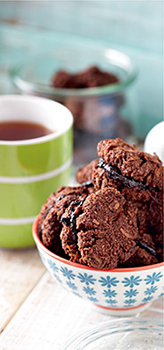 Published in 2015 by Struik Lifestyle (an imprint of Random House Struik (Pty) Ltd) Company Reg. No. 1966/003153/07 Estuaries No. 4, Century Avenue (Oxbow Crescent), Century City, 7441 P O Box 1144, Cape Town 8000, South Africa Reprinted in 2015 Copyright in published edition: Random House Struik (Pty) Ltd 2015 Copyright in text: In Reynierse 2015 Copyright in photographs: Sean Calitz/Random House Struik (Pty) Ltd 2015 ISBN 978 1 43230 579 8 All rights reserved. 4, Century Avenue (Oxbow Crescent), Century City, 7441 P O Box 1144, Cape Town 8000, South Africa Reprinted in 2015 Copyright in published edition: Random House Struik (Pty) Ltd 2015 Copyright in text: In Reynierse 2015 Copyright in photographs: Sean Calitz/Random House Struik (Pty) Ltd 2015 ISBN 978 1 43230 579 8 All rights reserved.
Published in 2015 by Struik Lifestyle (an imprint of Random House Struik (Pty) Ltd) Company Reg. No. 1966/003153/07 Estuaries No. 4, Century Avenue (Oxbow Crescent), Century City, 7441 P O Box 1144, Cape Town 8000, South Africa Reprinted in 2015 Copyright in published edition: Random House Struik (Pty) Ltd 2015 Copyright in text: In Reynierse 2015 Copyright in photographs: Sean Calitz/Random House Struik (Pty) Ltd 2015 ISBN 978 1 43230 579 8 All rights reserved. 4, Century Avenue (Oxbow Crescent), Century City, 7441 P O Box 1144, Cape Town 8000, South Africa Reprinted in 2015 Copyright in published edition: Random House Struik (Pty) Ltd 2015 Copyright in text: In Reynierse 2015 Copyright in photographs: Sean Calitz/Random House Struik (Pty) Ltd 2015 ISBN 978 1 43230 579 8 All rights reserved.
No part of this publication may be reproduced, stored in a retrieval system or transmitted in any form or by any means, electronic, mechanical, photocopying, recording or otherwise, without the prior written permission of the publishers and copyright holders. Publisher: Linda de Villiers Managing editor: Cecilia Barfield Editor and indexer: Joy Clack Designer: Beverley Dodd Photographer: Sean Calitz Food styling: Brita du Plessis Stylists assistant: Elizabeth Ingram Proofreader: Glynne Newlands Reproduction by Hirt & Carter Cape (Pty) Ltd Printed and bound by Times Offset (M) Sdn Bhd, Malaysia Ingredient decoder Almond flour: Flour made from blanched almonds. Use a coffee grinder. Almond meal: Flour made from raw almonds (skin on). Use a coffee grinder. Pecan meal: Flour made from pecan nuts (skin on).
Use a coffee grinder. Pumpkin seed meal: Flour made from pumpkin seeds. Use a coffee grinder. This is a great budget option compared to some nut flours. Find a good bulk supplier. Flax meal/Ground flaxseed: Flour made from flaxseed.
Use a coffee grinder. Because of the high omega-3 content flax meal can turn rancid quickly, so grind and use the meal within a day or two or store in the refrigerator for up to a week. Rather try to grind the required amount into a fresh meal for best omega benefits. The seeds can be stored for a long time. Find a good bulk supplier. Desiccated coconut (fine): Available in standard store packaging, fine shred option.
Desiccated coconut (medium): Available in standard store packaging, medium shred option. Coconut meal: Finer flour made from grinding desiccated coconut in a coffee grinder. This is a budget substitute for expensive coconut flours and I use this throughout this book. Coconut chips: Larger coconut flakes or shavings. Psyllium husk fibre: Available in standard store packaging. Has a fine powder consistency.
Psyllium husks: Available in standard store packaging. Has a more fibrous husk consistency. Psyllium powder: Powder made from grinding psyllium husks in a coffee grinder. Stores currently dont really differentiate between the two. The finer powder is always better for baking, otherwise just buy what you can find and whizz the amount of husks the recipe calls for in your coffee grinder to make sure it is nice and fine. VEGGIES Veggies and leafy greens the brighter the better that grow above the ground are generally safe to consume in abundance without having to count carbs.
Overall they offer you fibre and nutrients galore, are less than 5 g carbs per 100 g and are very low on the GI scale. Vegetables that grow below the ground have been cultivated over the last few hundred years to yield better crops and have a starchy sweetness that works well for mash or fries. Unfortunately they have lost the fibrous element that brings down the carb count. (Ideally it is good to consume veggies with a nett carb count carbs minus fibre, because fibre does not add to the usable carbs of less than 5 g carbs per 100 g.) Boiled potato: 18 g carbs per 100 g Baked sweet potato: 17 g carbs per 100 g Parsnips: 12.5 g carbs per 100 g Beetroot: 7.5 g carbs per 100 g The following veggies also grow below ground but are not as high in carbs and can be enjoyed sparingly: Baby carrots: 6 g carbs per 100 g Large carrots: 4.9 g carbs per 100 g Onions: 7.9 g carbs per 100 g Turnips: 4.5 g carbs per 100 g Radishes: 2 g carbs per 100 g There are some veggies that grow above ground that have a fairly high GI and it would be smart to limit them to occasional status: Garden peas: 11.3 g carbs per 100 g Leeks: 12 g carbs per 100 g Butternut: 10 g carbs per 100 g Pumpkin: 6 g carbs per 100 g Gem squash is safe at 3.3 g carbs per 100 g and Hubbard squash can be regularly enjoyed at 4.8 g carbs per 100 g. Corn is technically NOT a veggie (it is a grain), but in South Africa people see and treat corn on the cob as a veggie. Limit its consumption to hardly ever.
Corn: 17 g carbs per 100 g Because LCHF is a lifestyle, eat as much variety as you can. Your body needs a wide nutrient base. CARB-BUSTER CREW It really is quite simple to cut out carbs once you understand that they DONT form the substance of a meal, they simply bulk it up. With the right nutrition there is no need to bulk up a meal. As soon as you remove the empty nutrition and sugar-spiking and craving-causing part of a meal, your metabolism will begin to heal and will naturally regulate your appetite. Trust me, you WILL feel full without the carbs.
You also dont need to buy more food to replace the pasta, rice or potatoes. You will, however, buy these more often: cabbage, cauliflower, spinach, baby marrows, green beans and pumpkin. As soon as you understand this very crucial swap concept, your meal combos will feel normal again in no time. You will make the most amazing mash () using different combinations of cauliflower and marrows, cauliflower and green beans or cauliflower and spinach. Ooze in a knob of butter, salt and pepper and eat like a king! Fried Cabbage Strips () can easily take the place of lasagne, pasta or rice. I have also included some decarbed classics in the recipe section so there is no reason to feel deprived of these familiar favourites! 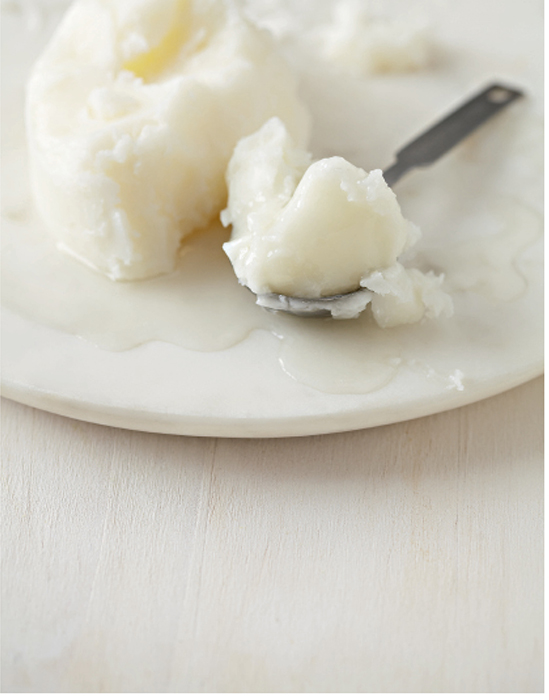 FAT (YOUR NEW BFF) Embracing healthy fat is by far the hardest switch for many.
FAT (YOUR NEW BFF) Embracing healthy fat is by far the hardest switch for many.
The fact that your body stores fat and not carbs or protein, should be a clear indication of what our bodys preferred fuelling system really is. I used to cringe at the thought of fat. Melting butter in the pan to fry eggs in it I almost did not make it. I saw exploding hearts and several frowning school teachers wherever I looked. The irony is, a few years into my familys low-carb journey, weve had to deal with broken hearts and heartache, but NEVER an exploding heart! In fact, our cholesterol readings are at textbook levels. Fat is the most concentrated form of nutritional energy.

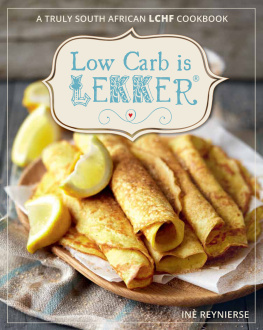
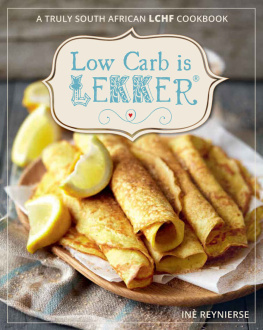
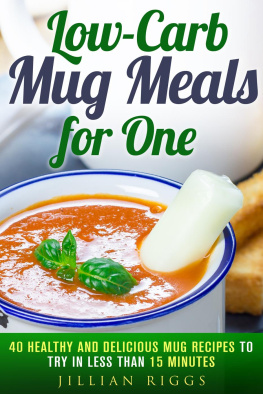

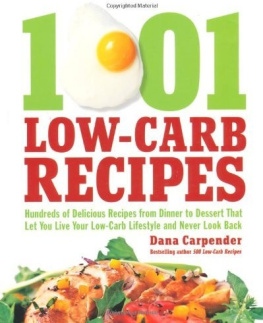
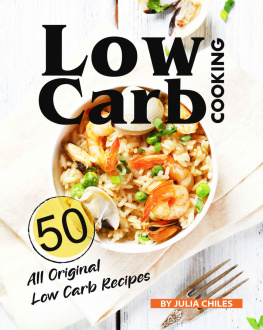
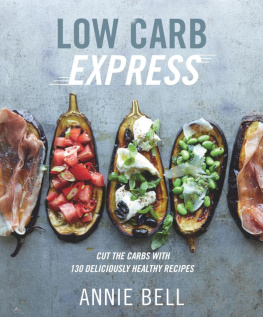
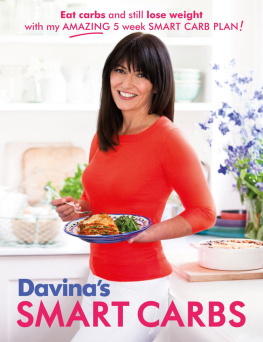
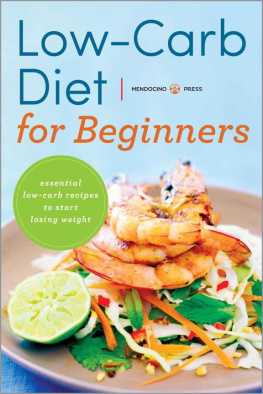

 Published in 2015 by Struik Lifestyle (an imprint of Random House Struik (Pty) Ltd) Company Reg. No. 1966/003153/07 Estuaries No. 4, Century Avenue (Oxbow Crescent), Century City, 7441 P O Box 1144, Cape Town 8000, South Africa Reprinted in 2015 Copyright in published edition: Random House Struik (Pty) Ltd 2015 Copyright in text: In Reynierse 2015 Copyright in photographs: Sean Calitz/Random House Struik (Pty) Ltd 2015 ISBN 978 1 43230 579 8 All rights reserved. 4, Century Avenue (Oxbow Crescent), Century City, 7441 P O Box 1144, Cape Town 8000, South Africa Reprinted in 2015 Copyright in published edition: Random House Struik (Pty) Ltd 2015 Copyright in text: In Reynierse 2015 Copyright in photographs: Sean Calitz/Random House Struik (Pty) Ltd 2015 ISBN 978 1 43230 579 8 All rights reserved.
Published in 2015 by Struik Lifestyle (an imprint of Random House Struik (Pty) Ltd) Company Reg. No. 1966/003153/07 Estuaries No. 4, Century Avenue (Oxbow Crescent), Century City, 7441 P O Box 1144, Cape Town 8000, South Africa Reprinted in 2015 Copyright in published edition: Random House Struik (Pty) Ltd 2015 Copyright in text: In Reynierse 2015 Copyright in photographs: Sean Calitz/Random House Struik (Pty) Ltd 2015 ISBN 978 1 43230 579 8 All rights reserved. 4, Century Avenue (Oxbow Crescent), Century City, 7441 P O Box 1144, Cape Town 8000, South Africa Reprinted in 2015 Copyright in published edition: Random House Struik (Pty) Ltd 2015 Copyright in text: In Reynierse 2015 Copyright in photographs: Sean Calitz/Random House Struik (Pty) Ltd 2015 ISBN 978 1 43230 579 8 All rights reserved. FAT (YOUR NEW BFF) Embracing healthy fat is by far the hardest switch for many.
FAT (YOUR NEW BFF) Embracing healthy fat is by far the hardest switch for many.